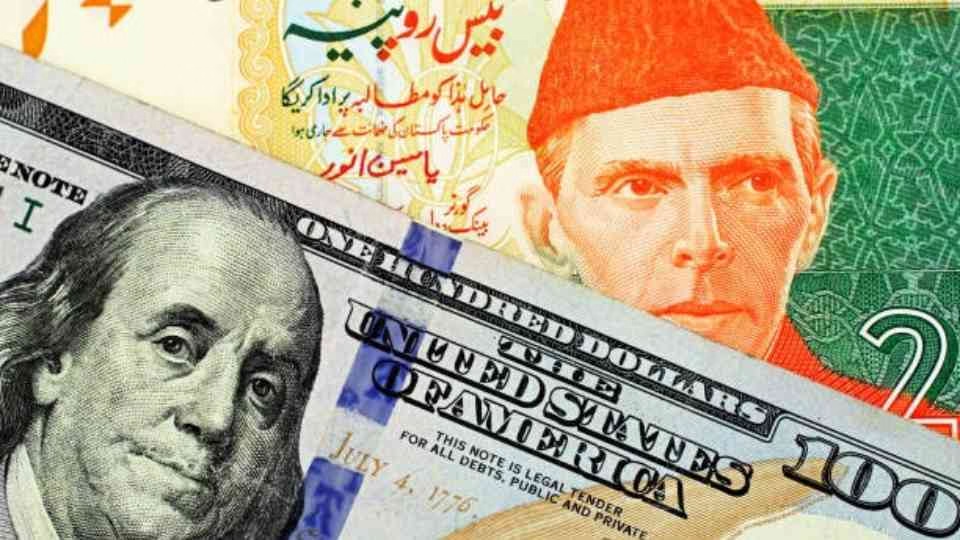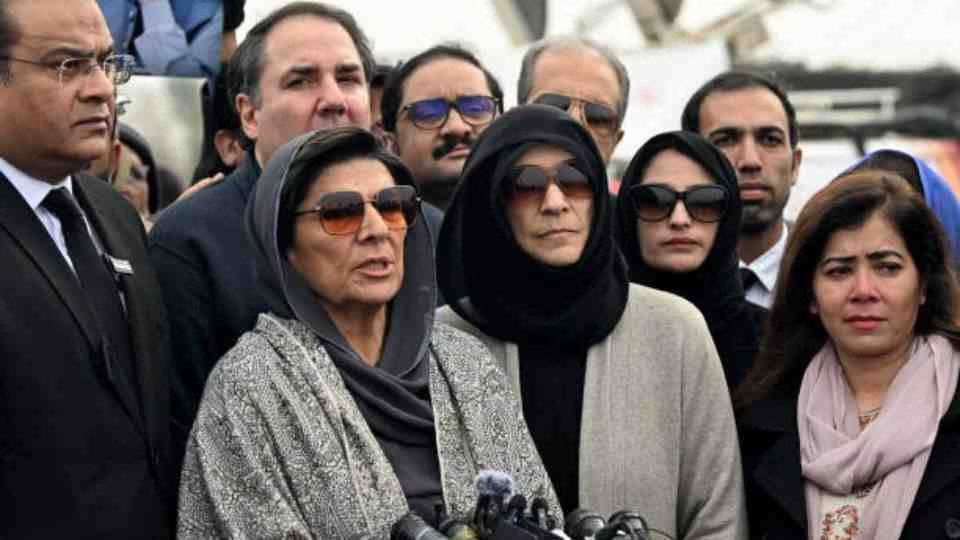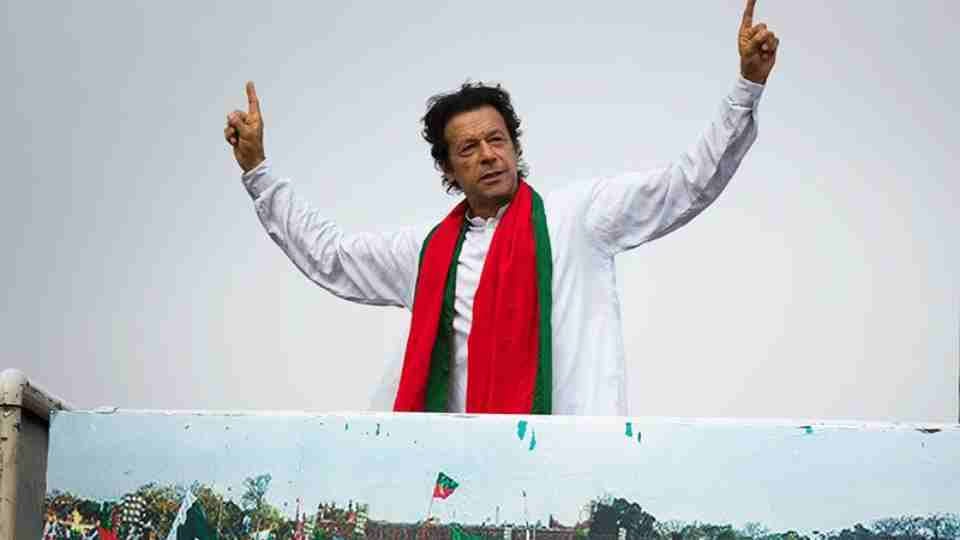A Crisis Unfolding in Lahore’s Markets
The bustling markets of Lahore, once vibrant with the chatter of bargaining customers and merchants, now echo with a different kind of conversation – one marked by frustration, concern, and the weight of empty wallets. Across Punjab province, families are grappling with a harsh economic reality as the prices of two essential commodities, sugar and flour, continue their relentless climb, seemingly beyond the reach of government intervention.
The Flour Crisis Deepens
In the narrow alleys of Lahore’s wholesale grain markets, flour traders shake their heads as they update their price boards yet again. The numbers tell a stark story of economic pressure that has intensified dramatically over the past fortnight. What was once an affordable staple has transformed into a significant household expense.
The mathematics of hardship are simple yet devastating: a standard 20-kilogram bag of flour, the backbone of Pakistani cuisine, has witnessed an unprecedented surge of Rs300 in just two weeks. For families who previously budgeted around Rs1,200-1,300 for their monthly flour supply, the sudden jump to Rs1,500-1,600 represents a crushing blow to household finances. On a per-kilogram basis, the increase of Rs15 might seem modest, but when multiplied across the monthly consumption of an average family of six to eight members, the impact becomes substantial.

The root of this crisis lies deeper in the supply chain. Wheat, the fundamental ingredient that drives flour production, has experienced its own dramatic price escalation. Traders report that wheat prices have surged from Rs2,300 per maund to Rs2,800 – a staggering increase of Rs500 per maund that has sent shockwaves through the entire flour milling industry. This 21% increase in raw material costs has left flour mill owners with little choice but to pass the burden onto consumers.
Muhammad Ashraf, a flour trader in Lahore’s Akbari Mandi, explains the predicament: “We’re caught between rising wheat costs and customer complaints. The mills have increased their rates, and we have no option but to adjust our prices accordingly. Families who used to buy 20-kg bags are now purchasing 10-kg bags, stretching their money as far as possible.”
Sugar: A Sweet Turned Bitter
If the flour situation wasn’t challenging enough, the sugar crisis has added another layer of complexity to household budgeting across Punjab. Despite the government’s official price ceiling of Rs175 per kilogram, sugar continues to trade at Rs200 per kilogram in local markets – a defiant Rs25 above the regulated rate.
This 14% premium over the official price has created a parallel economy where government price controls exist on paper but hold little sway in practice. Retailers across Lahore openly sell sugar at the higher rate, citing supply constraints and increased procurement costs as justification for ignoring government directives.
The impact is particularly severe for middle and lower-income families. Saira Bibi, a housewife from Lahore’s Gulberg area, captures the frustration felt by millions: “Tea is not just a beverage for us; it’s a necessity, a comfort after long, hard days. But when sugar costs Rs200 per kilogram, even our simple pleasure becomes expensive. We’re using less sugar, drinking weaker tea, but what choice do we have?”
Government Response Falls Short
The Punjab government’s efforts to control these spiraling prices have proven inadequate, raising serious questions about the effectiveness of regulatory mechanisms and market oversight. Despite repeated announcements of price controls, monitoring committees, and warnings to profiteering traders, ground reality remains unchanged.
Price control magistrates conduct occasional raids on markets, but these efforts appear more symbolic than substantive. Traders have learned to navigate these inspections, often temporarily adjusting prices during official visits only to revert to market rates once authorities leave. The lack of sustained monitoring and enforcement has created an environment where government price directives are treated as suggestions rather than binding regulations.
Provincial ministers have held press conferences promising swift action and threatening strict measures against price manipulation, but citizens see little evidence of these promises translating into relief at the neighborhood grocery store. The gap between official rhetoric and market reality continues to widen, eroding public confidence in the government’s ability to protect consumers from exploitation.
The Human Cost of Economic Pressure
Behind the statistics and price charts lies a human story of adjustment, sacrifice, and resilience. Families across Punjab are redesigning their meal plans, exploring alternatives, and making difficult choices about household expenses. The traditional Pakistani breakfast of paratha with tea is becoming a luxury that many can afford only on special occasions.
Rashid Ahmed, a daily wage worker in Lahore, shares his family’s struggle: “My income hasn’t increased, but everything else has become expensive. We used to eat fresh bread twice a day; now we make it once and save half for the evening. My children ask why the bread is smaller, and I don’t know how to explain that we can’t afford what we could last month.”
Educational expenses, healthcare costs, and other essential needs are being postponed as families prioritize food security. The psychological impact extends beyond financial stress, affecting family dynamics and long-term planning. Parents are working additional hours to maintain the same standard of living, while children are becoming aware of economic constraints at increasingly younger ages.
Market Dynamics and Supply Chain Challenges
The price increases are not occurring in a vacuum but reflect broader economic pressures and supply chain vulnerabilities. Several factors contribute to the current crisis:
Weather patterns have affected crop yields in key agricultural regions, reducing the overall supply of wheat available for milling. Transportation costs have increased due to fuel price fluctuations, adding to the final cost of flour delivered to urban markets. The middleman network, including wholesalers and retailers, maintains significant margins that compound price increases at each level of distribution.
Currency devaluation has made imported sugar more expensive, while domestic sugar production faces its own challenges related to sugarcane pricing and mill operations. The lack of adequate government reserves and strategic stockpiling has left the market vulnerable to speculation and artificial scarcity.
Regional Variations and Urban Impact
While the crisis affects all of Punjab, urban areas like Lahore face particular challenges due to their complete dependence on market purchases. Rural families with agricultural connections may have some access to cheaper flour through direct relationships with farmers or local mills, but city residents have no such alternatives.
Different neighborhoods within Lahore show varying price patterns, with upscale areas sometimes maintaining lower prices due to bulk purchasing power and direct supplier relationships, while working-class neighborhoods face the highest rates due to smaller retailer margins and limited consumer bargaining power.
Looking Forward: Calls for Action
Citizens, trader associations, and opposition political parties have united in their criticism of the government’s handling of the crisis. Public demonstrations, though small in scale, have begun appearing in various parts of the province, with protesters carrying empty flour bags and demanding immediate price relief.
Consumer rights organizations are calling for comprehensive market reforms, including improved supply chain management, strategic reserves, and more effective price monitoring mechanisms. They argue that the current crisis represents a failure of governance rather than just market forces.
The situation demands immediate intervention through multiple channels: enhanced market surveillance, direct government procurement and distribution programs, subsidies for essential commodities, and long-term agricultural policy reforms to ensure stable supply chains. Without such measures, families across Punjab will continue to bear the burden of policy failures and market inefficiencies.
As Lahore’s markets prepare for another day of challenging sales and difficult conversations between traders and customers, the question remains: will the Punjab government find the political will and administrative capacity to translate its promises into practical relief for struggling families, or will essential commodities continue their upward trajectory, leaving citizens to adapt to an increasingly difficult economic reality?
The answer will determine not just the immediate welfare of millions of families, but also the long-term economic stability and social cohesion of Pakistan’s most populous province.






